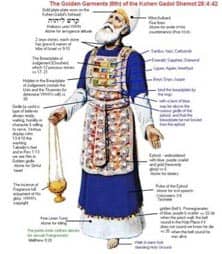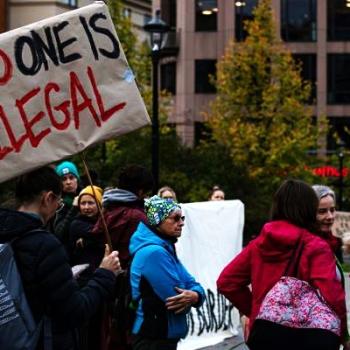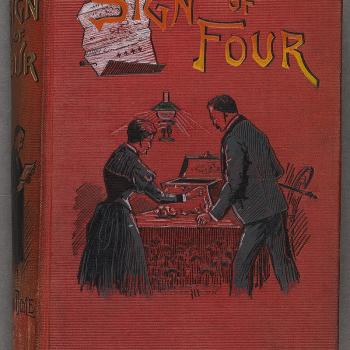By Talia Davis
 This Torah portion deals mainly with the processes and garments of the Kohanim, the priests, and the Kohen Gadol, the high priest. It starts out telling Moses to make sure he gets pure olive oil from the Children of Israel (one drash says that when referring only to the men, they say "Children" vs. "People" of Israel) for the menorah, and Aaron was charged with making sure the menorah stayed lit.
This Torah portion deals mainly with the processes and garments of the Kohanim, the priests, and the Kohen Gadol, the high priest. It starts out telling Moses to make sure he gets pure olive oil from the Children of Israel (one drash says that when referring only to the men, they say "Children" vs. "People" of Israel) for the menorah, and Aaron was charged with making sure the menorah stayed lit.
The next part of the parasha details the priestly garments that were required. It is unusual for the Torah to go into so much detail and therefore, this part of the portion is very unique. So, while serving in the sanctuary, the Kohanim wore:
- A full-length linen tunic called a ketonet,
- linen breeches called michnasayim,
- a linen turban called a mitznefetor migba'at,
- and finally a long sash, wrapped above the waist called an avnet.
The Kohen Gadol had additional accoutrements. In addition to the above, the Torah says he wore:
- an apron-like garment that had purple, blue, red (dyed) wool, linen, and gold thread called an ephod,
- a breastplate inset with twelve precious stones representing the twelve tribes of Israel, called a choshen,
- a robe made of blue wool with gold bells and pomegranate-shaped tassels on the hem called a me'il,
- and finally a golden crown to be worn on the head that is inscribed "Holy to G-d," the tzitz.
The last part of Tetzaveh is where G-d gives instructions about how Aaron and his four sons -- Nadav, Avihu, Elazar, and Itamar -- should be initiated into the priesthood. It is a seven-day initiation process. Also, Tetzaveh instructs them in how to make the Golden Altar on which incense was burned. These instructions are down to the cubit!
Parshat Tetzaveh from G-dcast.com
More Torah cartoons at www.g-dcast.com
A special thanks to g-dcast.com for the weekly parasha cartoon.
In addition to the weekly Torah portion, there is a special additional reading. Since this portion immediately precedes Purim, we call this Shabbat Zachor and read parashat Zachor as well. Zachor is Deuteronomy 25:17-19, the portion in which we are commanded to remember the evil deeds of Amalek in attacking the Israelites.
The Amalekites are, in the Jewish tradition, representative of our archetypal enemy. It is a term that has been used to describe our most hated enemies, such as Adolf Hitler. At the time when we prepare ourselves to remember the seventy years between the two Holy Temples and the persecution of the Jews by Haman, it is always good to remember that even with the fun of Purim, there is still tragedy. In fact, it is said that Haman is a descendant of Amalek.
I find it interesting that we read this detailed instruction of the Holy Temple and the priests during the time of year when we celebrate a victory over evil in a time period between the Temples. The story of Purim takes place in the seventy years between the First Holy Temple and the Second Holy Temple. Even in the bad times, the time without a Holy Temple to turn to, we must still remember the routine. I believe it is with hope that one day soon we will receive the Third Holy Temple.
Talia Davis is the daughter, granddaughter, and great-grandaughter of rabbis. She directs the Jewish Portal at Patheos and manages the site's online community.
2/23/2010 5:00:00 AM





